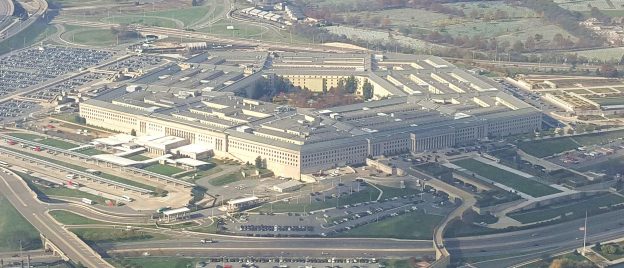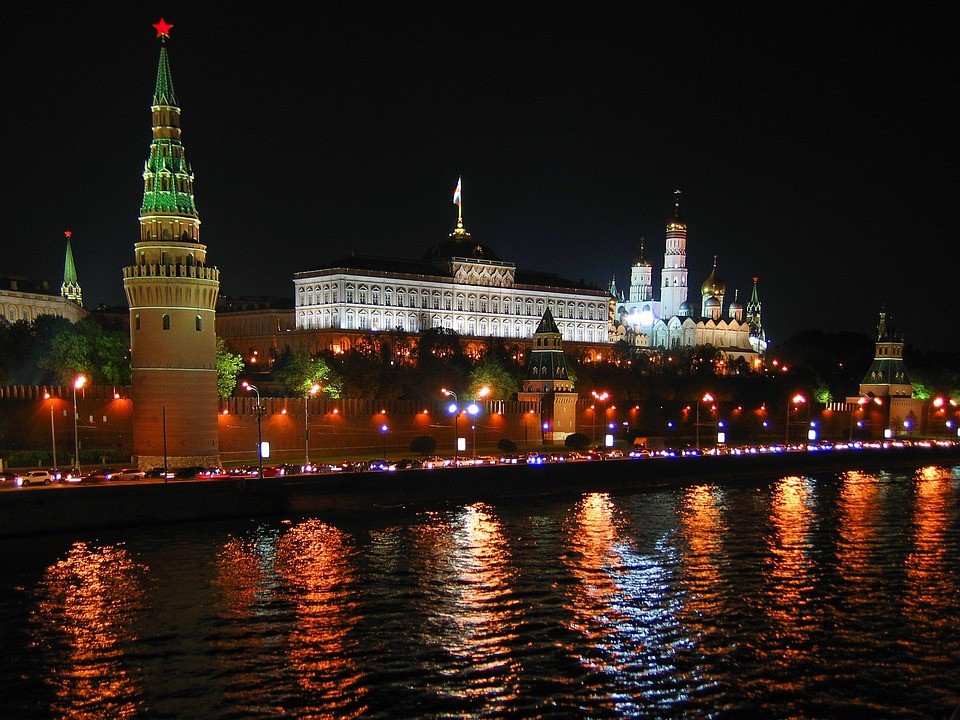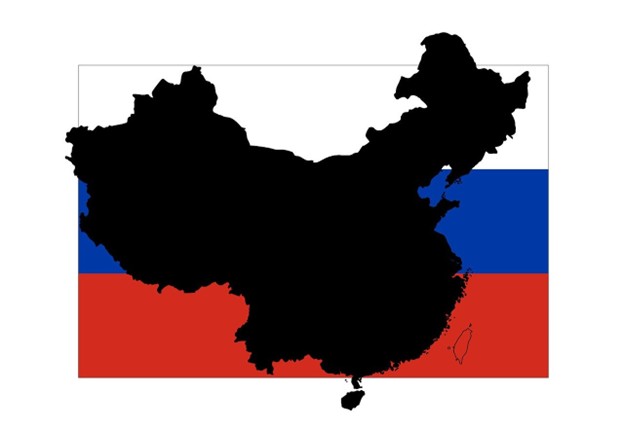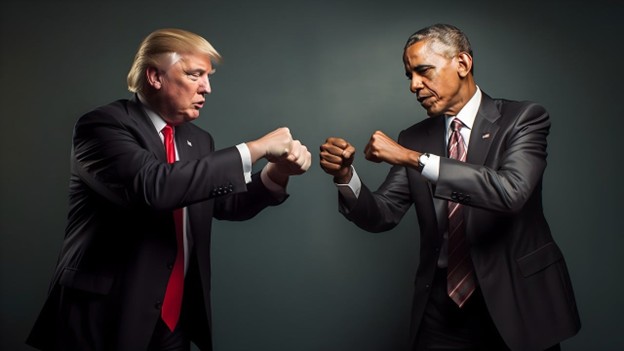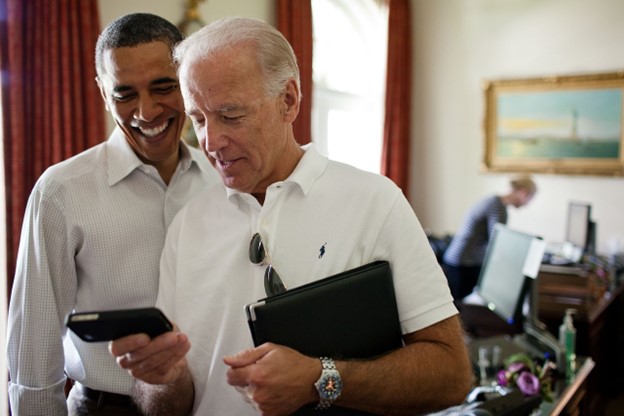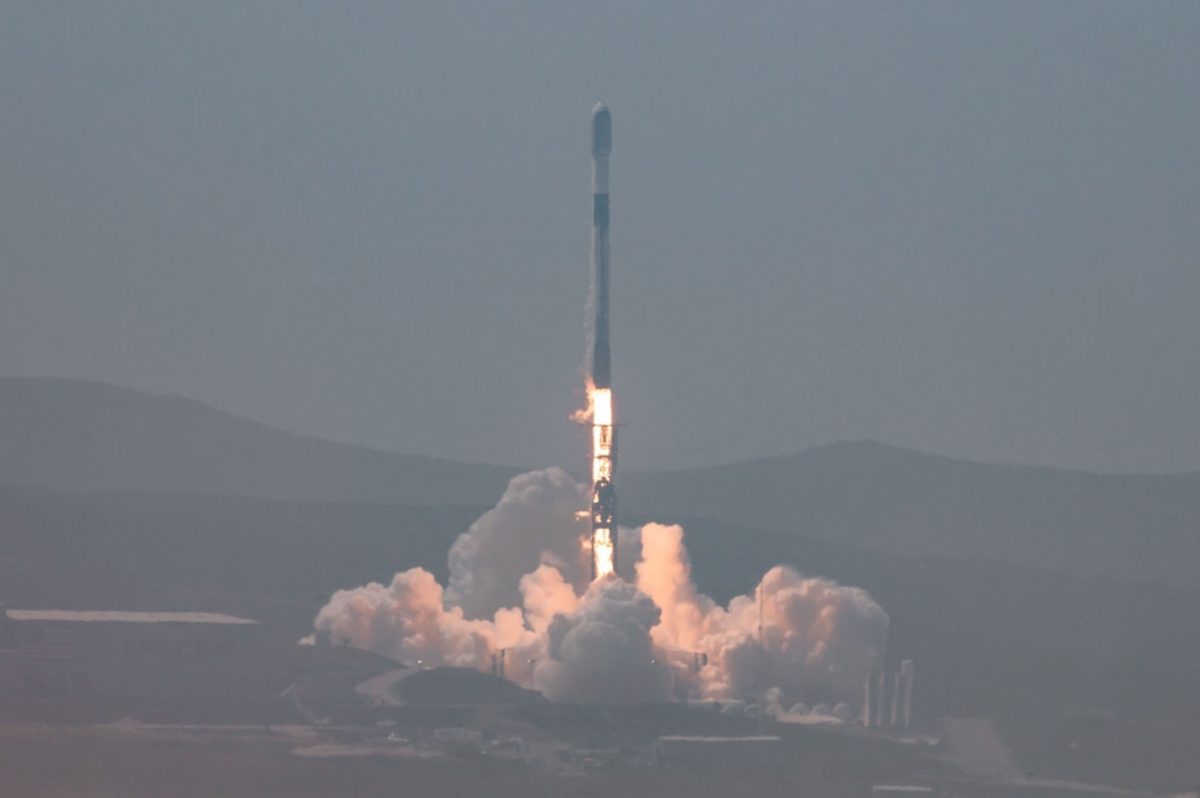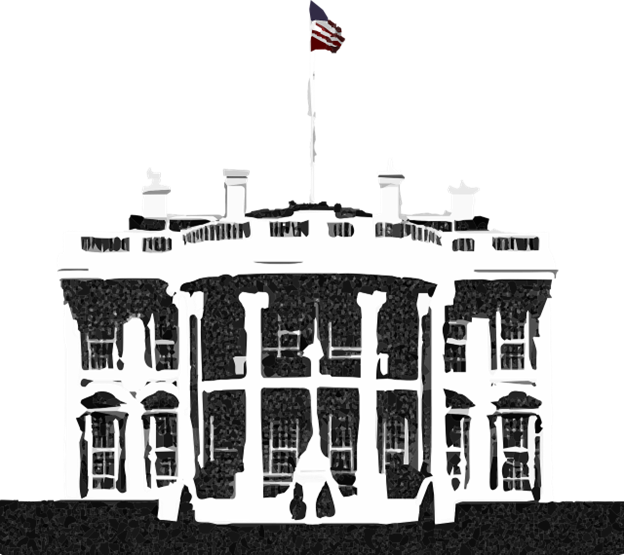In October of last year, Senator Tom Cotton (R-Ark) notified the then-director of USAID by letter that “some of the $1 billion in American taxpayer money [provided for humanitarian aid in Gaza] was likely diverted to Hamas…Cotton wrote that…USAID ‘announced approximately $336 million in additional humanitarian funding for Gaza, Judea, and Samaria. On the same day, the United Nations acknowledged that Fateh al-Sharif, a Hamas leader in Lebanon killed in an Israeli airstrike, was employed by the United Nations Relief and Works Agency. UNRWA, a major USAID partner before October 7, remains a chief conduit for U.N. humanitarian assistance in Gaza despite extensive evidence of its ties to Hamas.'”
With a history like that, is it any wonder that USAID became a target of the Department of Government Efficiency?
“A review of USAID’s recent history shows that it repeatedly has been accused of financial mismanagement and corruption long before Donald Trump’s second administration, Fox News Digital found…Tech billionaire and DOGE Chair Elon Musk…announced in an audio-only message on X…that ‘we’re in the process’ of ‘shutting down USAID’ and that Trump reportedly agreed to shutter the agency…hundreds of USAID employees reported they were locked out of the agency’s computer system and that its headquarters in Washington, D.C., was closed.”
These efforts to shutter USAID are taken pursuant to the President’s Executive Order “Reevaluating and Realigning United States Foreign Aid,” which states that “[i]t is the policy of United States that no further United States foreign assistance shall be disbursed in a manner that is not fully aligned with the foreign policy of the President of the United States.” In furtherance of that goal, “[a]ll department and agency heads with responsibility for United States foreign development assistance programs shall immediately pause new obligations and disbursements of development assistance funds to foreign countries and implementing non-governmental organizations, international organizations, and contractors pending reviews of such programs for programmatic efficiency and consistency with United States foreign policy, to be conducted within 90 days of this order.”
In furtherance of this Executive Order, “[o]n Monday, February 3, 2025, Secretary of State Marco Rubio announced that he would serve as the Acting Administrator of the U.S. Agency of International Development (USAID). Also on February 3, USAID staff were directed not to report to the agency’s Washington, DC, headquarters.”
While it sounds reasonable to shut down an agency that has been accused of mismanagement for decades, and conduct an audit, Judge Carl Nichols of the US District Court of the District of Columbia did not wholly agree. In response to a lawsuit filed by several unions representing the locked out USAID workers, Judge Nichols issued a temporary stay of this aspect of President Trump’s Order. “[T]he Court finds that plaintiffs have adequately demonstrated that their members are facing irreparable injury from their placement on administrative leave,” Judge Nichols wrote, “and that more members would face such injury if they were placed on administrative leave tonight.”
In particular, the Court focused on USAID workers who were being recalled from overseas; “Recalling employees on such short notice disrupts long-settled expectations and makes it nearly impossible for evacuated employees to adequately plan for their return to the United States…Even if a future lawsuit could recoup any financial harms stemming from the expedited evacuations – like the cost of breaking a lease or of abandoning property that could not be sold prior to the move – it surely could not recoup damage done to educational progress, physical safety, and family relations. “
While Judge Nichols prohibited the dismissal of USAID workers, he did not put a stop to the funding freeze. “[P]laintiffs maintained at the TRO hearing that payments on existing USAID grants have been frozen, preventing certain ‘contracting officers’ employed by USAID from using agency funds to fulfill monetary commitments that the agency had already made…Plaintiffs allege that, by some legal mechanism, USAID contracting officers can be held personally liable for existing contractual expenses that USAID is supposed to, but does not, pay. Plaintiffs thus argue that those officers face irreparable harm as a result of the funding freeze because they will be left ‘holding the bag’ when USAID imminently fails to disburse funds. Separately, plaintiffs argue that the general population of USAID employees will be emotionally harmed by the agency’s inability to pay its contractors because they will be stuck ‘watching a slow speed train wreck’ as the agency reneges on its humanitarian commitments.”
In other words, USAID argued that it needed to keep spending the money it had promised to foreign recipients, even while it is alleged that those funds were being diverted, misused and stolen on a large scale. Further, the inability to continue handing out money to foreign recipients without accountability would make USAID workers feel bad.
Judge Nichols was not persuaded by this ridiculous argument. “Even assuming the funding freeze indeed prevents payments on existing grants in the way plaintiffs claim,” the Court wrote, “the Court concludes that plaintiffs have not demonstrated resulting irreparable harm. Plaintiffs’ claims about the risk of financial exposure for contracting officers are simply too speculative. They have not explained how or why contracting officers would be held personally liable for contracts entered into by USAID, nor have they explained why there would be no recourse after the fact if that did somehow happen…the Court concludes that this is the kind of hypothetical harm insufficient to warrant a [stay].”
Thus, the double edged sword of the law is on full display in Judge Nicholas’s order. Using the standard analysis of whether an action taken by the government would result in “irreparable harm” to the person seeking the stay, the Court found that summary dismissal of the USAID workers would cause such harm, but calling a halt to funding would not.
The necessity of actually reading the Court’s orders, and not just taking the media’s word regarding what those orders say is also relevant here. The BBC describes Judge Nichols as “sid[ing] with the unions, saying they would suffer ‘irreparable harm’ if the court did not intervene, while there would be ‘zero harm to the government.'” Yet, nowhere in their article is the denial of the request to halt the funding freeze even mentioned.
ABC News also fails to mention this partial victory for the Trump Administration, preferring to report only that “U.S. District Judge Carl Nichols – a Trump appointee – issued a temporary restraining order that prevents Trump and the Department of Government Efficiency from placing the employees on administrative leave as had been planned. The judge also ordered the reinstatement of some 500 USAID workers who had already been put on administrative leave and ordered that no USAID employees should be evacuated from their host countries before Feb. 14 at 11:59 p.m…’These actions have generated a global humanitarian crisis by abruptly halting the crucial work of USAID employees, grantees, and contractors. They have cost thousands of American jobs. And they have imperiled U.S. national security interests,’ the lawsuit said.”
In fact, if you follow the news, it would seem that judges are blocking the President’s Agenda at every opportunity. But if you read more closely, as in the case of Judge Nicholas’ decision, the truth is often more nuanced.
The Trump Administration is also experiencing outright victories in the Courts. As reported by The New York Post, “[a] federal judge on Wednesday declined to pause the Trump administration’s buyout program for government workers, giving President Trump a key win in his push to shrink the size of the federal government. US District Judge George A. O’Toole ruled that the union groups suing to block the so-called ‘Deferred Resignation’ program lacked standing and that his Massachusetts-based court lacked the jurisdiction to proceed with the lawsuit. O’Toole, an appointee of former President Bill Clinton, temporarily blocked the Office of Personnel Management from moving ahead with the program earlier this week, after unions representing more than 800,000 federal workers charged that that the buyout offers were unlawful. ‘The plaintiffs here are not directly impacted by the directive,’ the judge ruled. ‘Instead, they allege that the directive subjects them to upstream effects including a diversion of resources to answer members’ questions about the directive, a potential loss of membership, and possible reputational harm…[t]he unions do not have the required direct stake in the…Directive, but are challenging a policy that affects others, specifically executive branch employees,’ O’Toole continued. ‘This is not sufficient.’”
Note that Judge O’Toole initially issued a stay of the Buyout Plan, but withdrew that stay after further review of the application, a very common procedure. Remember that the stays being issued are Temporary, and further hearings are pending in the majority of cases.
Thus, we can safely conclude that the Courts remain the primary place where justice can be found. Judges will not let the President end birthright citizenship, no matter how popular this idea is with the electorate, without the Constitution being obeyed. At the same time, the Courts will continue to examine these and similar issues on a case by case basis.
Maybe, in some instances, Donald Trump’s agenda will be blocked. But in others, the President’s actions will be endorsed and implemented.
Patience and trust in the rule of law is necessary now – as is a healthy skepticism of what one reads in the majority of the media covering President Donald Trump’s activities.
Judge John Wilson (ret.) served on the bench in NYC
Photo: Pixabay
